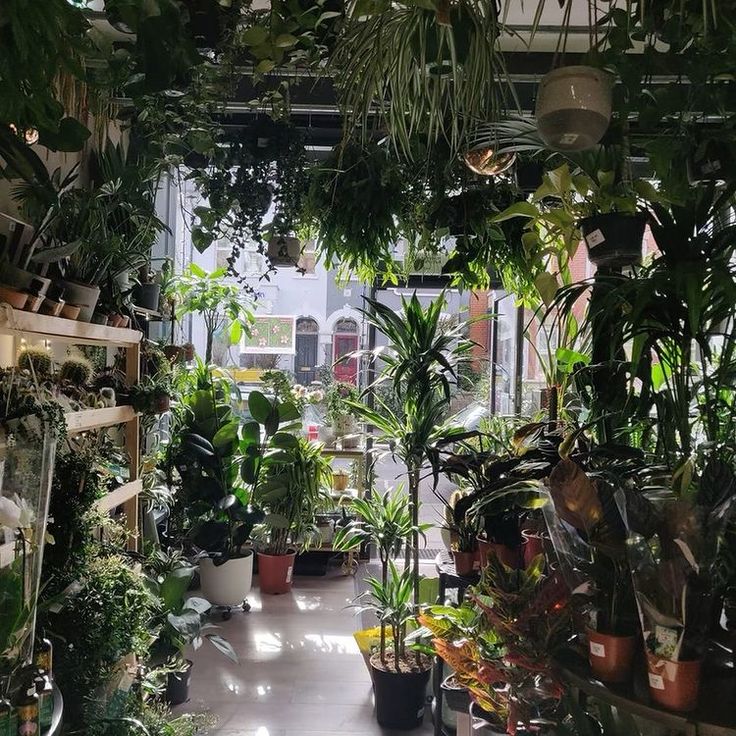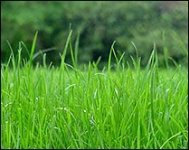Low-Maintenance Plants for Busy Gardeners: Top Picks for Effortless Gardening
Gardening can be a rewarding and therapeutic pastime, but for those with busy schedules, it might seem impossible to keep up with the demands of plant maintenance. Fortunately, there is a solution: low-maintenance plants. These hardy species require minimal care, allowing gardeners with limited time to still enjoy a beautiful and thriving outdoor space.
Low-maintenance plants come in a wide variety, including shrubs, perennials, annuals, and groundcovers. Many of these plants are drought-tolerant, resistant to pests, and can thrive in various soil conditions, making them ideal for inexperienced or time-strapped gardeners. With careful selection and placement, a low-maintenance garden can be just as attractive and satisfying as a high-maintenance one, without the stressful time commitment.
Why Low-Maintenance Plants Are Beneficial
Low-maintenance plants offer a variety of benefits for busy gardeners. These plants are an excellent choice for those who want to have a beautiful garden but don't have the time or resources to devote to high-maintenance plants. In this section, we will discuss the benefits of low-maintenance plants such as time-saving and reduced expenses.
Time-Saving
One of the main benefits of low-maintenance plants is the amount of time they save for busy gardeners. These plants typically require less frequent watering, pruning, and pest control, which means that they can be left to their own devices for longer periods. This allows gardeners to focus on other tasks or simply enjoy their garden without the constant need for upkeep.
For example, plants such as Agave and Coneflower (Echinacea) are drought-tolerant and require minimal care, making them an excellent choice for busy gardeners looking to save time.
Reduced Expenses
Another advantage of low-maintenance plants is the reduced expenses associated with their upkeep. This is particularly beneficial for gardeners with limited budgets or those who prefer to keep their gardening costs low.
Low-maintenance plants generally require less water, fertiliser, and pest-control products, which can result in significant savings over time. Additionally, low-maintenance plants often have fewer issues with diseases and pests, meaning that the need for treatments and the associated costs are reduced.
In a greenhouse, low-maintenance plants can be a cost-effective option, as they typically require less attention and resources. This can be particularly beneficial for commercial greenhouses, where keeping costs low is crucial for profitability.
Selecting low-maintenance plants for your garden or greenhouse can result in significant time and cost savings, allowing you to create a beautiful, thriving space without the need for constant care and maintenance. With their various benefits, these plants are an ideal choice for those seeking to reduce the time and financial commitments associated with gardening.
You can find low-maintenance greenhouses both in shops and online at Halls Greenhouses and garden centres.
Top Low-Maintenance Plants for Busy Gardeners
Perennials
Perennials are a great choice for busy gardeners as they come back year after year, requiring little attention. One low-maintenance perennial option is the lavender plant, which not only has a lovely fragrance, but is also drought-tolerant and attracts pollinators. Another easy-to-care-for perennial is the hosta, which thrives in shade and provides attractive foliage throughout the growing season.
If you have a greenhouse, consider growing low-maintenance perennials like geraniums or columbines. These plants can be started in the greenhouse during the colder months and then transplanted outdoors when the weather warms up.
Shrubs
Shrubs can act as low hedges, borders or accent plants, making them a versatile and low-maintenance option for busy gardeners. An example of such a shrub is the 'Kaleidoscope' Abelia, which is hardy in Zones 6 to 10, tolerates drought, and resists deer. Abelias prefer well-drained, slightly acidic soil and require minimal attention once established.
Another low-maintenance shrub is the boxwood, popular for creating structural elements in the garden, such as hedges or topiaries. This evergreen shrub tolerates a variety of soil types and light conditions, making it an easy choice for busy gardeners.
Trees
Adding low-maintenance trees to your garden can create visual interest and provide shade. One such tree is the crabapple, which delivers spring blossoms, summer shade, and colourful autumn foliage. Crabapples are also pest-resistant and fairly adaptable to different soil types and moisture levels.
For those with limited space, consider planting dwarf or semi-dwarf tree varieties that require less pruning and maintenance. A popular choice is the dwarf apple tree, which not only takes up less space but also produces delicious fruit with minimal care.
Remember to take advantage of your greenhouse when growing low-maintenance plants, as it can offer protection from harsh weather, pests, and diseases, reducing the overall upkeep required for your garden.
Creating a Low-Maintenance Garden
Planning and Design
When creating a low-maintenance garden, planning is essential. Start by assessing your space and determining your priorities. Consider the size of your plot, the existing layout, and the plants you want to include. Aim for a well-balanced mix of perennials and shrubs that require minimal upkeep. Hardscaping elements, such as pavers, bricks, and stones, can help frame your garden beds, simplifying maintenance. Adding a greenhouse to your garden can also be an efficient way to protect your plants from harsh weather and pests.
Soil Preparation
Good soil conditions are crucial for a thriving, low-maintenance garden. Most plants require nutrient-rich soil for optimum growth. Loam-based soil, a blend of sand, silt, and clay, is considered the best choice due to its optimal nutrient composition. Invest time in preparing your soil, amending it with organic matter, such as compost or well-rotted manure, to enrich its nutrient content and improve its structure.
Mulching and Watering Techniques
Mulching your garden is a simple yet effective way to minimise maintenance demands. Applying a 5-10cm layer of mulch, such as compost, bark chips, or straw, helps suppress weed growth, conserve soil moisture, and regulate soil temperature. It also enriches the soil with nutrients as it decomposes. Choose a mulch suitable for your plants and garden conditions, and refresh it annually.
Watering your garden efficiently requires an understanding of each plant's needs and adjusting techniques accordingly. Some low-maintenance watering methods include:
- Drip irrigation systems: Delivering water directly to the plant's roots, reducing evaporation and water waste.
- Soaker hoses: Similar to drip irrigation, these hoses release water from small perforations along their length, promoting slow, deep watering.
- Rainwater harvesting: Collecting rainwater in barrels or cisterns, then using it for irrigation, can save water and money in the long run.
By following these guidelines, busy gardeners can create a beautiful, low-maintenance garden that requires less time and effort.
Caring for Low-Maintenance Plants
Caring for low-maintenance plants is relatively simple, as these plants do not require intensive care. However, basic gardening tasks such as pruning, fertilisation, and pest and disease control are still important for keeping them healthy and thriving.
Pruning
Pruning low-maintenance plants usually involves removing dead or damaged branches, leaves, and flowers. This helps maintain their shape and encourages new growth. When pruning, ensure you use clean, sharp tools to prevent the spread of diseases. Greenhouses can be an excellent environment for low-maintenance plants, as they offer protection from harsh weather and pests, making pruning easier and less frequent.
Fertilisation
Most low-maintenance plants have minimal fertilisation requirements. Many can grow well with natural nutrients available in the soil. However, you may occasionally need to apply a slow-release fertiliser to support their growth, particularly in nutrient-poor soils or when growing them in a greenhouse. Be sure to choose a fertiliser suitable for the specific plant type and follow the manufacturer's instructions for application rates and frequency.
Pest and Disease Control
Pest and disease control is essential in maintaining the health of your low-maintenance plants. Regularly inspect your plants for signs of pests or diseases and take prompt action if you notice any issues. If you're growing your plants in a greenhouse, make sure to maintain proper ventilation, cleanliness, and monitor humidity levels, as these factors contribute to preventing the spread of pests and diseases.
Using natural pest control methods, such as introducing beneficial insects, can help keep pest populations in check. Additionally, practising good garden hygiene, such as removing dead plant material and disposing of it properly, will help minimise the risk of diseases spreading.








